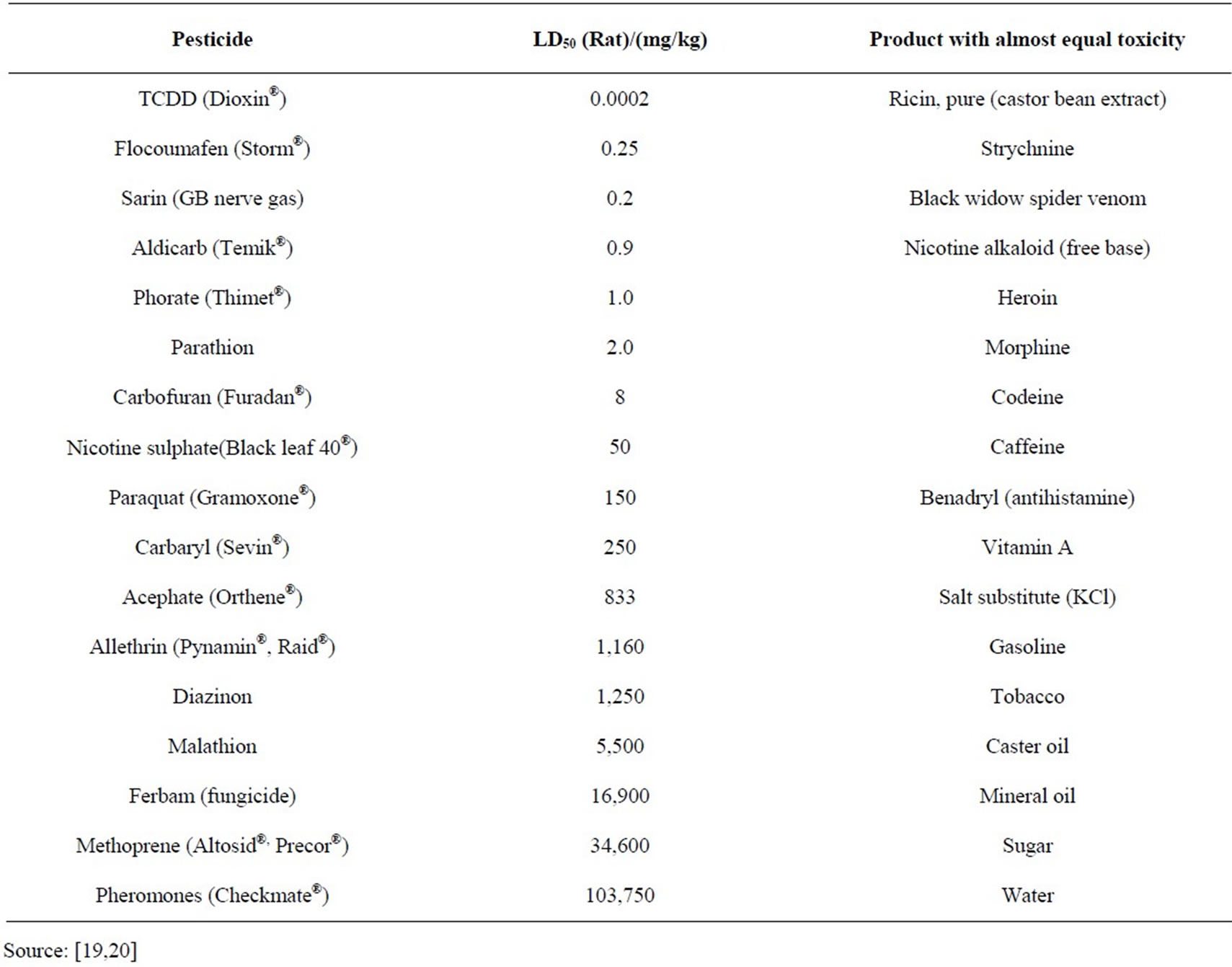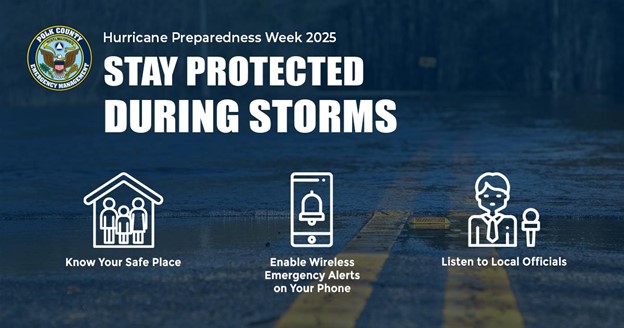Report on Water Service Disruption and Restoration in Granada Hills and Porter Ranch
Incident Summary and Infrastructure Resilience (SDG 11)
This report details the status of an ongoing water service disruption affecting the Granada Hills and Porter Ranch communities following a critical infrastructure failure. On August 5, a valve controlling water flow from a 10-million-gallon tank broke during maintenance, cutting off supply to a 54-inch diameter pipe. This event highlights the importance of maintaining resilient and sustainable infrastructure (Sustainable Development Goal 11) to ensure reliable services for urban communities.
LADWP crews are actively engaged in round-the-clock repair operations. Significant progress has been made, including the removal of the broken valve and the welding of a new pipe section. These efforts are crucial for restoring the integrity of the water distribution system and ensuring its long-term reliability.
Public Health and Water Quality Restoration (SDG 3 & SDG 6)
To safeguard community health and well-being (SDG 3), a Boil Water Notice remains in effect for the affected areas. The restoration of safe drinking water is a top priority, directly aligning with SDG 6 (Clean Water and Sanitation). Residents are instructed to use bottled water for drinking and cooking until the notice is lifted.
Water Quality Testing Protocol
LADWP will commence a rigorous water quality testing process once the system is refilled and repressurized. This procedure involves:
- Collaboration with the Division of Drinking Water to ensure strict regulatory compliance.
- Collecting water samples for laboratory analysis, with an approximate 18-hour turnaround time for results.
- Repeating the sampling and testing process for confirmation.
These critical steps are mandated to verify the safety of the water supply before the Boil Water Notice can be rescinded, ensuring universal access to clean water as per SDG 6.
Community Support and Responsible Consumption (SDG 10 & SDG 12)
Comprehensive support services have been deployed to mitigate the impact on residents. In alignment with SDG 10 (Reduced Inequalities), specific measures are in place to assist vulnerable populations.
Support for Vulnerable Populations
LADWP is providing direct support to seniors, individuals with disabilities, and those with functional needs who cannot access distribution centers. Over 1,200 gallons of water have been delivered to home-bound customers. Individuals requiring assistance are encouraged to contact the LADWP call center at 1-800-DIAL-DWP.
Water Conservation and Community Cooperation (SDG 12)
Community cooperation in conserving water is essential for expediting the restoration process. Adherence to responsible consumption practices (SDG 12) helps maintain the water pressure required for repairs and testing. Residents are instructed to:
- Keep all indoor and outdoor taps closed.
- Refrain from non-essential water use, such as laundry and dishwashing.
- Turn off all automatic irrigation systems and sprinklers.
- Deactivate automatic swimming pool fill systems.
Public Distribution and Support Centers
LADWP has established five support locations offering various services, including bottled water, recycled water for non-potable uses, mobile showers, and laundry facilities.
- Holleigh Bernson Memorial Park (7 AM – 9 PM): Water bottle distribution, recycled water, restrooms, showers, mobile laundry units.
- O’Melveny Park (7 AM – 9 PM): Water bottle distribution, recycled water, restrooms.
- Intersection of Tampa Ave. and Sesnon Blvd. (7 AM – 9 PM): Water bottle distribution, recycled water.
- YMCA, 11336 Corbin Street (5 AM – 10 PM): Showers, mobile laundry units.
- Intersection of Rinaldi St. and Louise Ave. (5 AM – 10 PM): Showers, restrooms.
SDGs Addressed in the Article
-
SDG 6: Clean Water and Sanitation
This goal is central to the article, which details a significant disruption to the clean water supply in the Granada Hills and Porter Ranch communities due to a broken valve. The entire text focuses on the efforts to repair the infrastructure, restore water service, ensure water quality, and provide temporary water solutions to the affected population.
-
SDG 11: Sustainable Cities and Communities
The article addresses this goal by highlighting the failure of essential urban infrastructure (a large-diameter water pipe) and its impact on community resilience. The response efforts, including providing basic services like water, showers, and laundry facilities, and the focus on vulnerable residents, are directly related to making communities safe and resilient.
Specific SDG Targets Identified
SDG 6: Clean Water and Sanitation
-
Target 6.1: By 2030, achieve universal and equitable access to safe and affordable drinking water for all.
The article directly relates to this target as it describes a situation where a community has lost access to safe drinking water. The issuance of a “Boil Water Notice” confirms the water is not safe for consumption. The primary goal of the LADWP’s work is to restore this access, as stated: “LADWP crews made major progress… to restore full water service.” The provision of “more than one million bottles of water” is a temporary measure to ensure access to safe drinking water during the outage.
-
Target 6.3: By 2030, improve water quality by reducing pollution…
This target is addressed in the “WATER QUALITY RESTORATION” section. The article explains that after the physical repairs, a critical step is to ensure the water is safe. It mentions, “LADWP will begin water quality sampling and testing… We are working with our regulators in the Division of Drinking Water to make sure we follow the strict guidelines for testing and reporting.” This process is essential to “ultimately lift the Boil Water Notice,” thereby improving water quality back to safe standards.
-
Target 6.4: By 2030, substantially increase water-use efficiency across all sectors…
The article implicitly addresses this target by urging residents to conserve water to aid the repair process. The guidelines provided, such as “Refrain from doing laundry and dishes,” “TURN OFF all sprinklers and smart irrigation systems,” and “TURN OFF swimming pool automatic fill systems,” are direct calls for increased water-use efficiency to “preserve water pressure required for restoration.”
-
Target 6.b: Support and strengthen the participation of local communities in improving water and sanitation management.
The article highlights the importance of community involvement. It states, “The community’s diligence with these efforts is crucial to help preserve water pressure required for restoration.” By providing clear guidelines and regular updates through its newsroom and interactive maps, LADWP is engaging the local community and encouraging their participation in managing the water crisis.
SDG 11: Sustainable Cities and Communities
-
Target 11.1: By 2030, ensure access for all to adequate, safe and affordable housing and basic services…
The water outage described is a failure of a “basic service” essential for an adequate standard of living. The article details the disruption and the emergency measures deployed to substitute for this loss, such as providing “mobile showers and laundry facilities” and “recycled water for outdoor use and toilet flushing.”
-
Target 11.5: By 2030, significantly reduce the number of… people affected… by disasters, including water-related disasters, with a focus on protecting the poor and people in vulnerable situations.
The infrastructure failure is a localized, water-related disaster. The article explicitly mentions a focus on protecting vulnerable populations: “We continue to provide support to vulnerable customers, including seniors and customers with disabilities and functional needs, who are unable to visit the bottled water distribution centers.” This demonstrates an effort to mitigate the disaster’s impact on the most vulnerable members of the community.
Indicators for Measuring Progress
SDG 6: Clean Water and Sanitation
-
Indicator 6.1.1: Proportion of population using safely managed drinking water services.
This indicator is directly implied. The article describes a situation where this proportion has temporarily dropped to zero for the affected population, who are instructed to “avoid using tap water.” The “Boil Water Notice” is a formal declaration that the water is not “safely managed.” The entire restoration effort, including the final water quality testing, is aimed at bringing this indicator back to 100% for the community.
-
Indicator 6.3.2: Proportion of bodies of water with good ambient water quality.
While this indicator typically refers to natural water bodies, its principle is applied here to the municipal water system. The article mentions the process of “water quality sampling and testing” and sending “samples to the lab” for results as a direct measurement to ensure the water quality is restored to a safe, “good” state before the Boil Water Notice is lifted.
SDG 11: Sustainable Cities and Communities
-
Indicator 11.5.1: Number of… directly affected persons attributed to disasters per 100,000 population.
The article implies this indicator by defining the “general area bounded by Rinaldi Avenue to the south, Balboa Blvd to the east, De Soto Ave to the west and the foothills & hills to the north” as being affected by the water service outage. Furthermore, the support measures, such as the distribution of “more than one million bottles of water” and providing “more than 1,200 gallons of water delivered to vulnerable home-bound customers,” are quantifiable metrics of the response to the “directly affected persons.”
Summary Table: SDGs, Targets, and Indicators
| SDGs | Targets | Indicators |
|---|---|---|
| SDG 6: Clean Water and Sanitation | 6.1: Achieve universal and equitable access to safe and affordable drinking water for all. | 6.1.1 (Implied): The issuance of a “Boil Water Notice” indicates the population is not using safely managed drinking water. Restoration efforts and bottled water distribution aim to address this. |
| 6.3: Improve water quality by reducing pollution. | 6.3.2 (Applied): The process of “water quality sampling and testing” in a lab according to “strict guidelines” serves as a measure of water quality in the system. | |
| 6.4: Substantially increase water-use efficiency. | Implied Indicators: Community actions requested, such as turning off sprinklers, refraining from laundry, and keeping taps closed, are measures of temporary water-use efficiency. | |
| 6.b: Support and strengthen the participation of local communities in improving water and sanitation management. | Implied Indicators: The article’s direct appeal for “the community’s diligence” and the provision of information via newsrooms and maps show community engagement. | |
| SDG 11: Sustainable Cities and Communities | 11.1: Ensure access for all to adequate, safe and affordable housing and basic services. | 11.1.1 (Implied): The water outage represents a disruption to a “basic service,” temporarily rendering housing in the area inadequate. The provision of mobile showers and laundry facilities is a response. |
| 11.5: Significantly reduce the number of people affected by disasters, with a focus on protecting people in vulnerable situations. | 11.5.1 (Implied): The article identifies the “directly affected persons” within specific boundaries and quantifies the support provided (e.g., “more than one million bottles of water”), with special attention to “vulnerable customers.” |
Source: ladwpnews.com







